Caruana, Pragg and MVL share the lead
The fifth round of the Superbet Chess Classic in Bucharest concluded without decisive results, but that does not mean the games were devoid of drama. Despite all five encounters ending in draws, there was significant tension on the boards, with multiple players coming close to claiming full points.
The leaderboard remains unchanged, with Maxime Vachier-Lagrave, Fabiano Caruana and Praggnanandhaa Rameshbabu still sharing the lead with 3/5 points. Four players remain within striking distance, trailing by just half a point. After Sunday's round, Monday is a rest day, with four rounds left to play from Tuesday to Friday.
The encounter between Gukesh Dommaraju and Jan-Krzysztof Duda was the closest to producing a decisive result. A win for either would have meant joining the chasing pack on 2½ points. The drama unfolded after Gukesh sacrificed a knight to enter a sequence that should have secured him a draw, but a critical oversight on move 33 left him in a precarious position.
Duda found himself in a winning position but failed to execute the precise manoeuvre needed to convert his advantage. The key moment came on move 43, when Duda opted for 43...Kf7 instead of the stronger 43...Ke7.
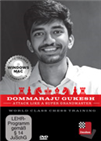 In this Fritztrainer: “Attack like a Super GM” with Gukesh we touch upon all aspects of his play, with special emphasis on how you can become a better attacking player.
In this Fritztrainer: “Attack like a Super GM” with Gukesh we touch upon all aspects of his play, with special emphasis on how you can become a better attacking player.By placing the king on a dark square, with White's dark-squared bishop still on the board, Black would have prevented Gukesh from forcing a perpetual check, as White only could have checked from b7 - and the king would have found a way to escape.
Instead, after 43...Kf7, White had 44.Qd7+, a move that allowed an eventual perpetual check.
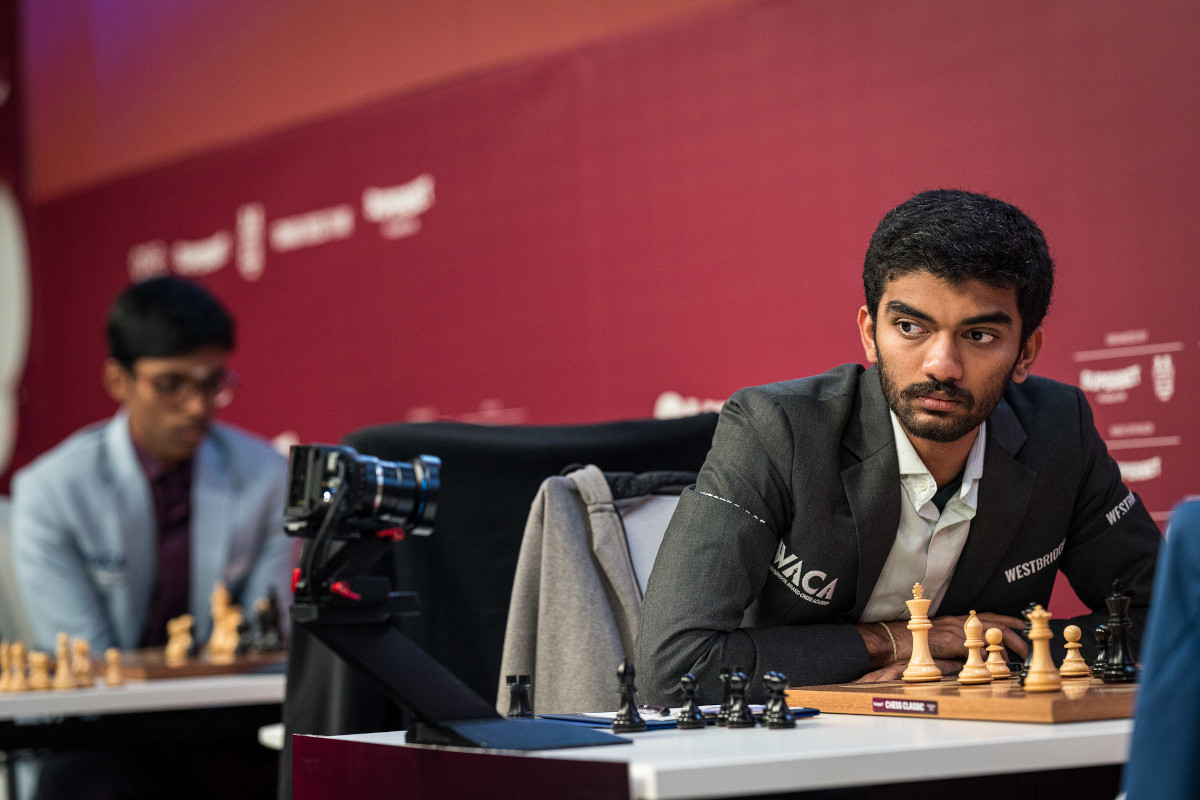
Reigning world champion Gukesh Dommaraju | Photo: Lennart Ootes
Another critical encounter was the clash between two of the co-leaders, Praggnanandhaa and Vachier-Lagrave. The game featured a sharp Sicilian Najdorf in which the Frenchman demonstrated his in-depth knowledge of the system, getting opportunities in the complex middlegame.
MVL even got to play the topical exchange sacrifice 35...Rxc3+
However, Praggnanandhaa managed to maintain control. Despite the positional pressure exerted by Black, the Indian grandmaster kept his cool, demonstrating accurate calculation to neutralise Black's initiative. By the time the dust settled, the players had reached a position in which perpetual check was the only logical outcome, leading to a hard-fought draw.
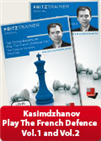 In this two-volume video course former world-champion and startrainer Rustam Kasimdzhanov shows you the ins and outs of this hugely complex opening.
In this two-volume video course former world-champion and startrainer Rustam Kasimdzhanov shows you the ins and outs of this hugely complex opening.The game ended after MVL gave checks from c3 and c2 with his rook, while White's king undulated from d2 to e3.
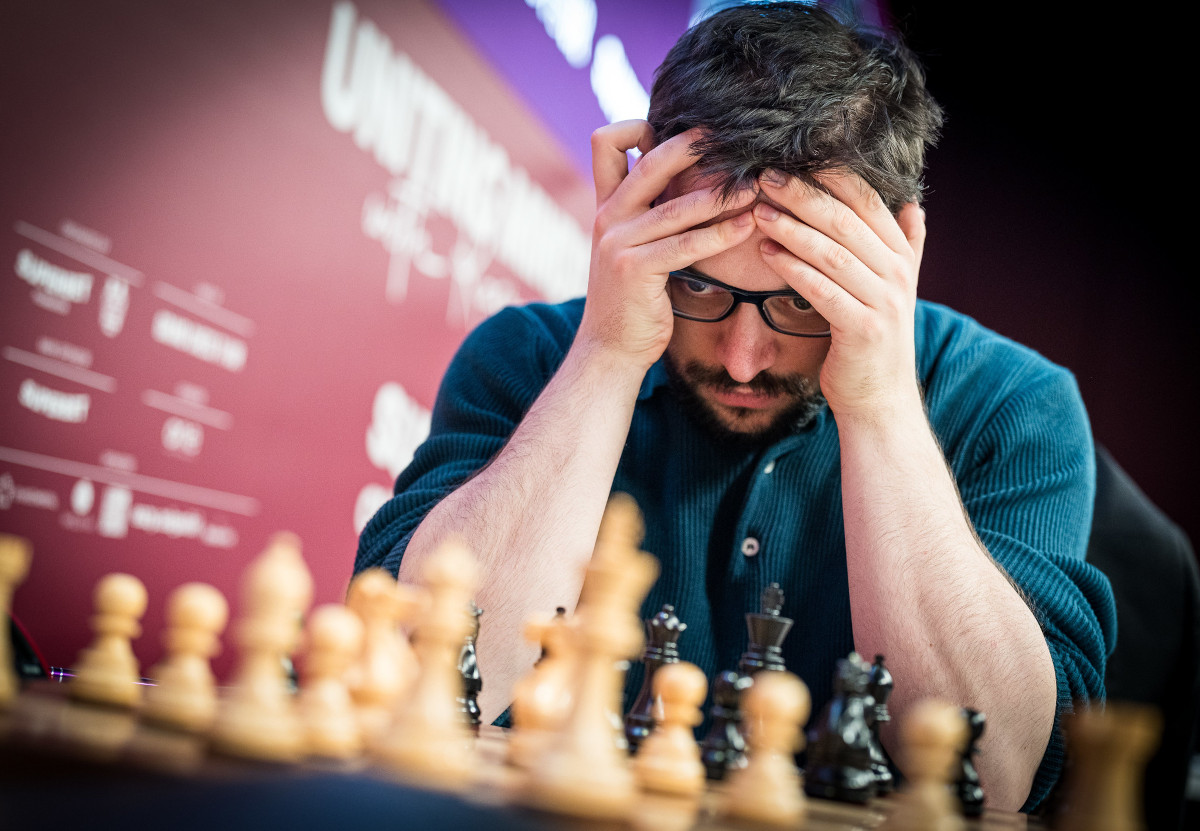
Maxime Vachier-Lagrave | Photo: Lennart Ootes
The game between Wesley So and Fabiano Caruana also featured sharp play, this time emerging from a Sveshnikov Sicilian. So, seeking his first win of the event, boldly played 20.g4, an ambitious push that aimed to destabilise Black's pawn structure.
Caruana responded with the timely 20...f4, a move approved by the engines. However, the defending champion spent over 40 minutes considering his options before committing to the pawn push, reflecting the complexity of the position.
The ensuing middlegame saw So pressing on the kingside, gaining an extra pawn while his opponent's clock ticked down dangerously. In the end, Caruana managed to simplify the position into a pawn-down endgame with rooks and bishops of opposite colours, which he held to secure a valuable draw, maintaining his co-leader status.
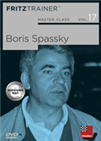 In this video course, experts including Dorian Rogozenco, Mihail Marin, Karsten Müller and Oliver Reeh, examine the games of Boris Spassky. Let them show you which openings Spassky chose to play, where his strength in middlegames were and much more.
In this video course, experts including Dorian Rogozenco, Mihail Marin, Karsten Müller and Oliver Reeh, examine the games of Boris Spassky. Let them show you which openings Spassky chose to play, where his strength in middlegames were and much more.The extra pawn was not enough for White to claim the full point.
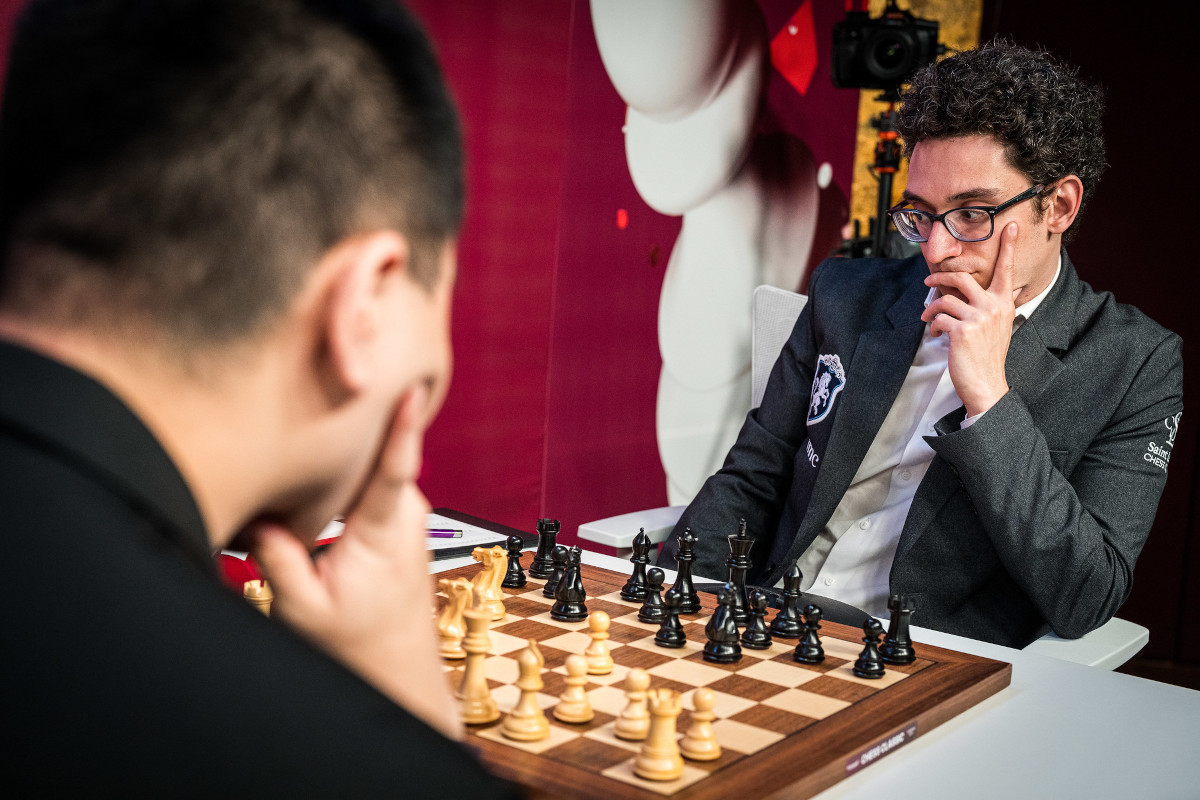
Fabiano Caruana | Photo: Lennart Ootes
Meanwhile, in the game between Levon Aronian and Alireza Firouzja, both players opted for a combative approach. Aronian, seeking to bounce back from a difficult start to the tournament, played the provocative 9.e5. Firouzja responded accurately in a game that lasted 58 moves and featured multiple shifts in momentum. Firouzja, who had squandered a winning position in the previous round, will likely feel relieved to have avoided further setbacks.
In the remaining game between Nodirbek Abdusattorov and Bogdan-Daniel Deac, the Uzbek grandmaster managed to get an edge in the middlegame. However, after playing the imprecise 25.Nd5, the Uzbek grandmaster allowed Deac to simplify the position and enter a balanced endgame which concluded with bare kings on the board.
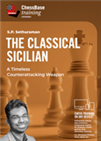 The course is designed to provide a deep yet practical repertoire for Black, balancing solid foundations with aggressive counterplay.
The course is designed to provide a deep yet practical repertoire for Black, balancing solid foundations with aggressive counterplay.
The Classical Sicilian has stood the test of time as one of the most principled and fighting defences against 1.e4. With its rich history spanning world championship matches and modern elite tournaments, this opening remains a favourite among players who seek a dynamic, counterattacking approach without venturing into extreme theoretical battles like the Najdorf or Sveshnikov.
Free video sample: Introduction
Free video sample: 6.h3
Deac, who has proven remarkably resilient throughout the event, once again showcased his defensive skills, calmly holding the position to secure a draw.
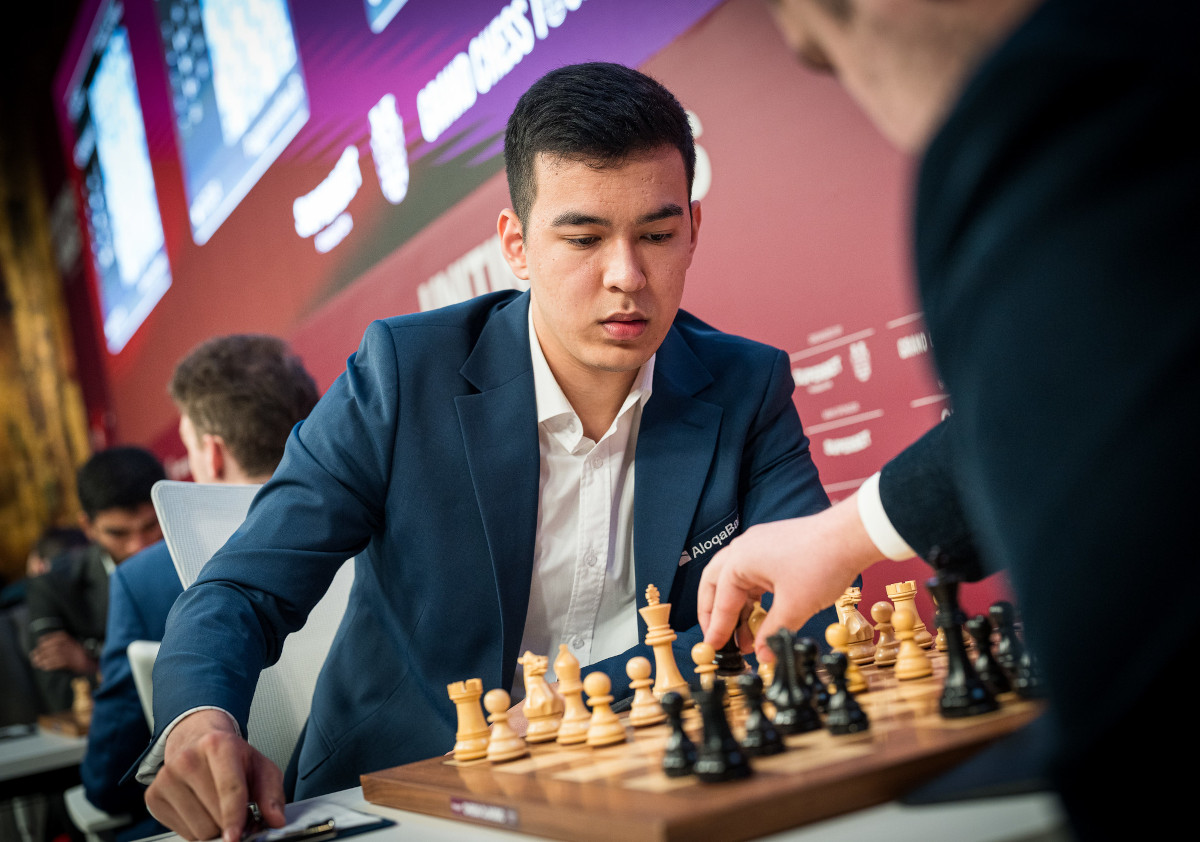
Nodirbek Abdusattorov | Photo: Lennart Ootes
Current standings
All games
Links
.jpeg)


























